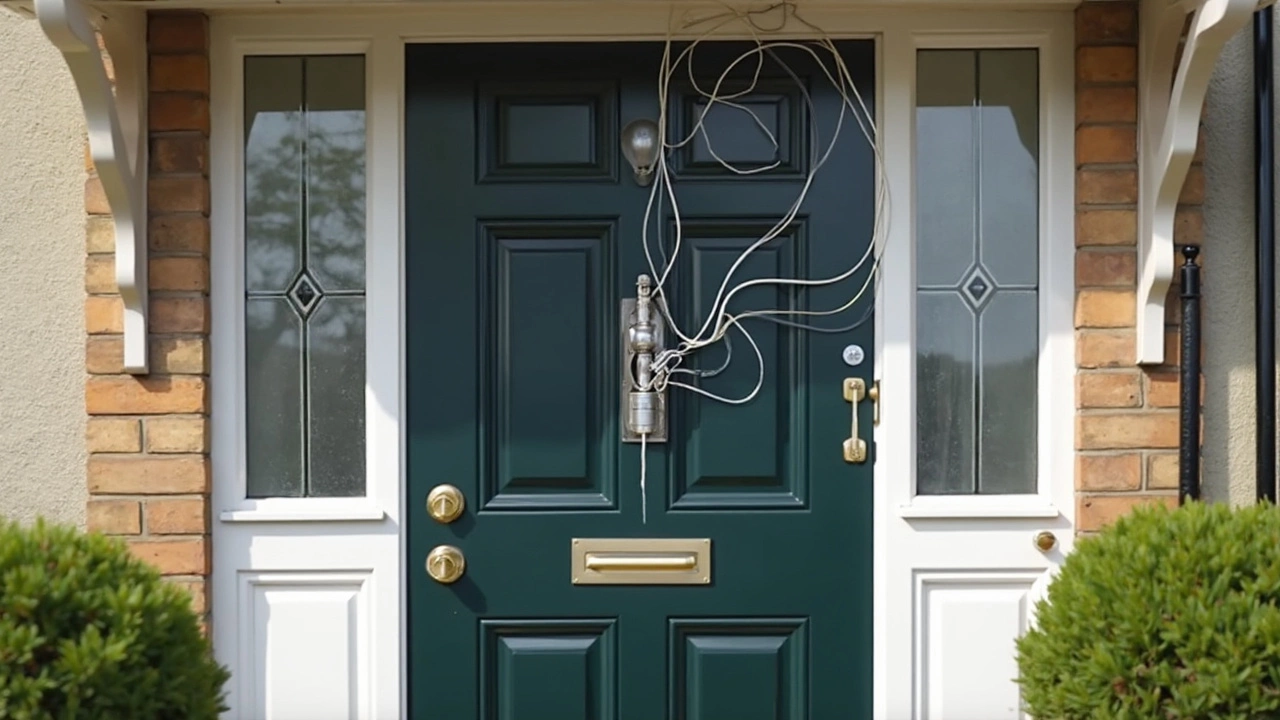Setting up a security system can feel like a big job, but you don’t need a PhD to get it right. Whether you’re mounting a camera, fitting a video doorbell, or adding floodlights, the basics are the same: plan, power, and placement. Below you’ll find straightforward steps that help you avoid common mistakes and keep your home safe.
Start by walking around your property and spotting the spots that matter most – the front door, driveway, backyard and any blind spots behind fences. Install cameras high enough (about 9‑10 feet) to stay out of reach but low enough to capture faces. Avoid pointing directly at bright windows; the glare will wash out the image. If you’re using night‑vision cameras, add an IR illuminator or place the unit where ambient light helps the sensor.
For floodlights and security lights, aim the beam so it sweeps the ground rather than the sky. A height of 8‑12 feet works well for most residential fixtures. Over‑lighting can blind neighbours and may violate local privacy rules, so keep the beam within the boundaries of your property.
Most modern devices are wireless, but they still need power. Plug‑in cameras are easiest – just run a short extension cord to the nearest outlet and secure it with a cable clip. For truly cordless setups, use a battery‑powered model and check the battery life every few months. If you need a backup during power cuts, connect the camera to an uninterruptible power supply (UPS) or a solar‑powered system.
When fitting a video doorbell, you have two options: a battery‑run unit or a hard‑wired model. In the UK, a hard‑wired doorbell usually needs a live‑wire connection near the doorbell button. If you’re not comfortable handling live wires, hiring an electrician is the safest route. Most smart doorbells come with a detailed guide that walks you through the wiring diagram step‑by‑step.
Don’t forget your Wi‑Fi. A strong, stable signal is crucial for live streaming. Position your router where it reaches the camera’s location, or use a range‑extender. If the signal is weak, consider a power‑over‑ethernet (PoE) camera that runs both power and data through a single cable.
Legal compliance matters too. In the UK, you must avoid pointing cameras at neighbours’ windows or private gardens. Put up a simple sign if you have outdoor cameras covering public areas – it’s good practice and helps you stay on the right side of the law.
Finally, test everything before you finish. Open the camera’s app on your phone, walk through the field of view, and check the live feed. Adjust the angle if anything is blurry or out of frame. For doorbells, press the button and watch the notification pop up. If you notice latency or missed alerts, move the router closer or upgrade your internet plan.
With a clear plan, proper power, and good placement, your security system will work smoothly and give you peace of mind. Remember, most issues can be solved with a quick tweak, so don’t stress if the first try isn’t perfect. Happy installing!

Stuffing a smart doorbell into your front door might sound high-tech, but do you really need to get your hands dirty with wires? This article clears up whether hardwiring is essential or just an old-school way to power your smart doorbell. It breaks down the pros and cons, explores wireless options, and throws in real tips so you won't regret your next buy. Whether you're renting or own your home, you'll know exactly what suits your place best. No guesswork, just practical advice that actually helps.